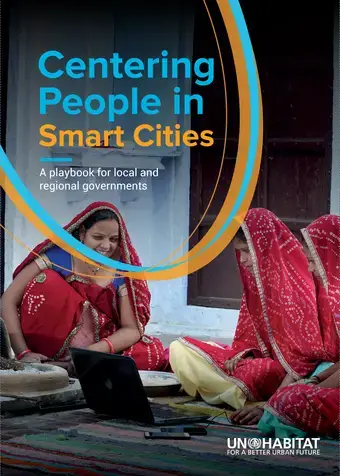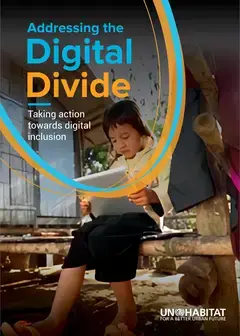
The People-Centered Smart Cities framework presented in this playbook aligns with the New Urban Agenda Shared Vision #11 of “cities for all”, referring to the equal use and enjoyment of cities and human settlements, seeking to promote inclusivity and ensuring that all inhabitants, of present and future generations, without discrimination of any kind, are able to inhabit and produce just, safe, healthy, accessible, affordable, resilient and sustainable cities and human settlements.
By creating a framework that centers people in smart city development, the delivery of policies and programmes can be more inclusive and responsive to their needs. The goal of the playbook is to provide local governments with knowledge, tools, and resources that support putting people at the center of digital transformation.
Background

